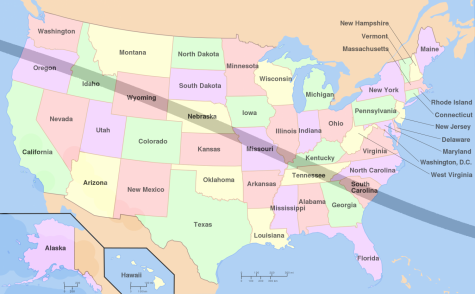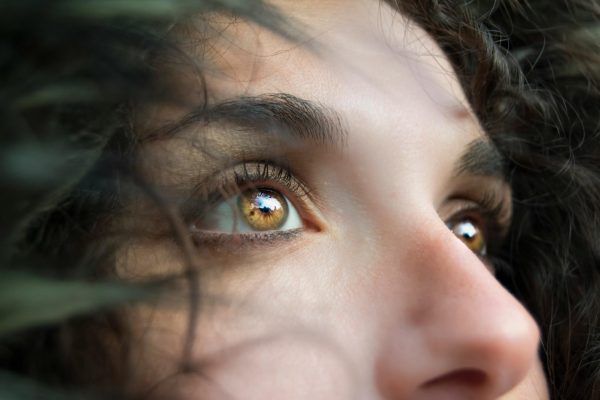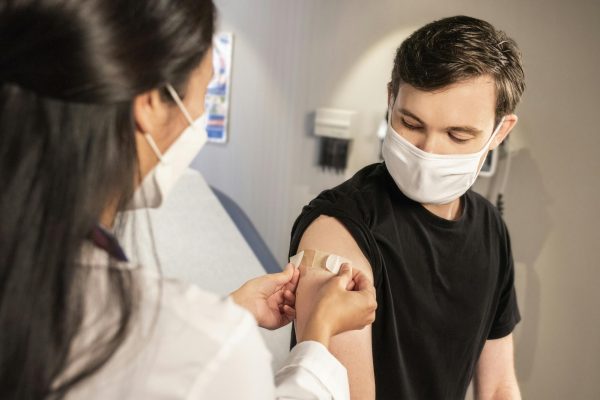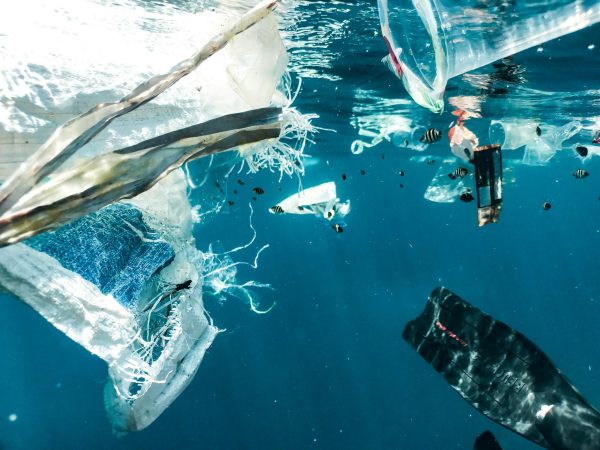The August 2017 Total Eclipse
The sight on August 21, 2017, was astonishing as the moon completely covered the sun and the sun’s tenuous atmosphere – corona – could be seen. The eclipse that was seen that day was a solar eclipse that only happens every 99 years. This solar eclipse stretched from Lincoln Beach, Oregon to Charleston, South Carolina. Viewers outside this exact path were however still able to see a partial solar eclipse.
To see this phenomenon many people traveled all across the country, some visited cities and states include Madras in Oregon, Snake River Valley in Idaho, and Casper in Wyoming. These areas were on the path of totality- the diagonal line, which could be found cutting across the United States- where you were able to see the eclipse in its totality. The time the eclipse was in totality also differed per state. In Oregon the time in totality took 2 minutes and 4 seconds, but in Hopkinsville Kentucky, it took 2 minutes and 41.2 seconds. The further East you went, the longer the totality lasted.

This solar eclipse also required for you to wear special glasses in order to not damage your eyes. These are called solar filter (sometimes referred to as eclipse glasses) and have to be worn at any time before or after totality, and if you’re away from the path of totality it is essential that you wear your solar filter.
What is the difference between a total and partial solar eclipse?
Well, the total solar eclipse is an eclipse of the sun in which the moon completely hides the solar photosphere and therefore obscures all sunlight. However, a partial solar eclipse is an eclipse of the sun in which the moon does not completely hide the sun and therefore some rays of sunlight can be seen.





